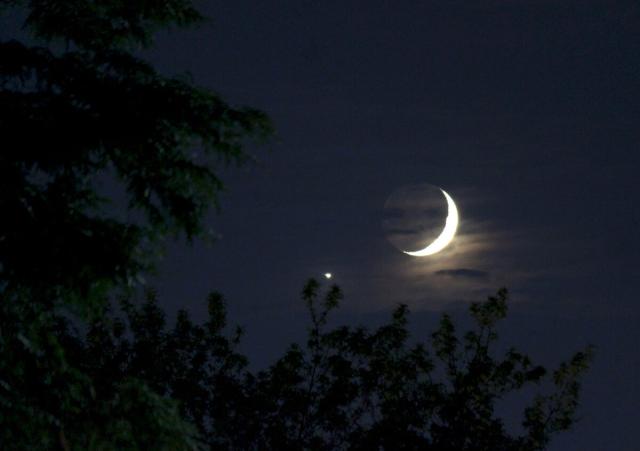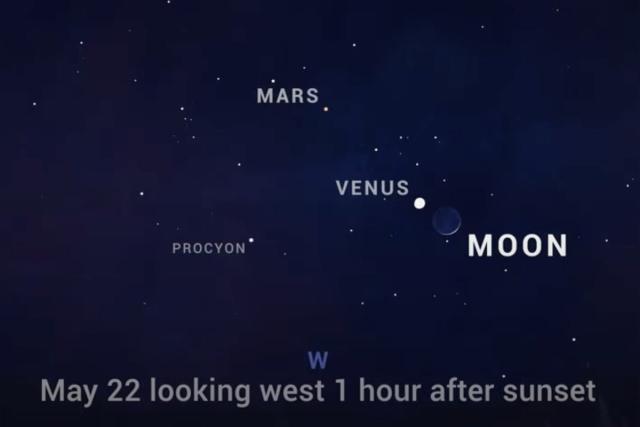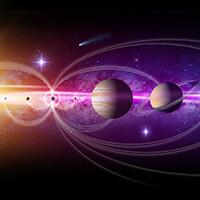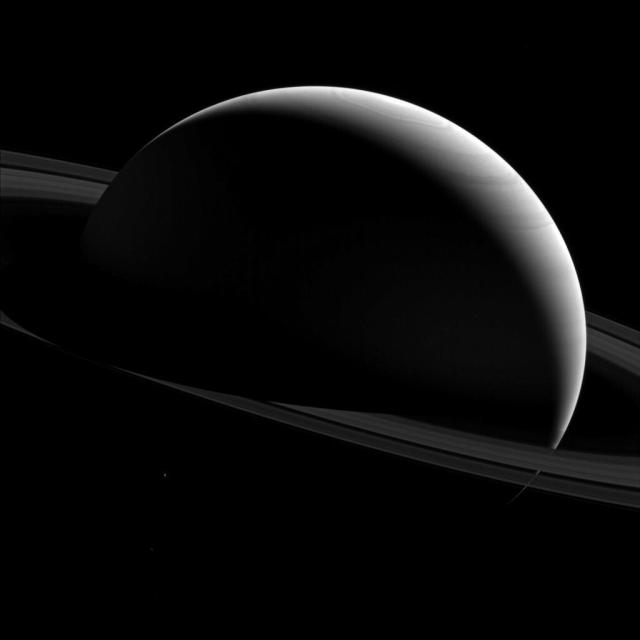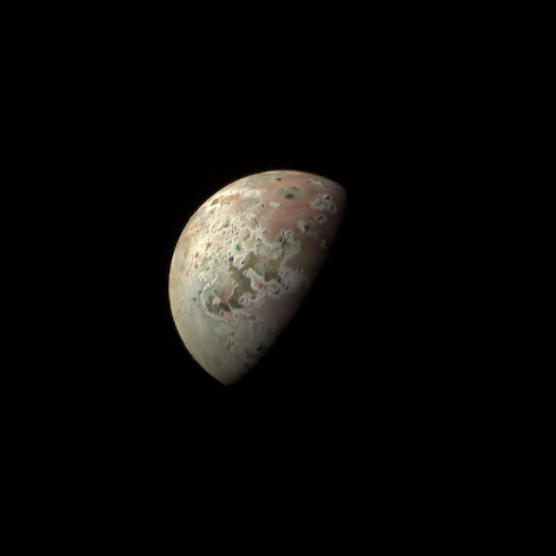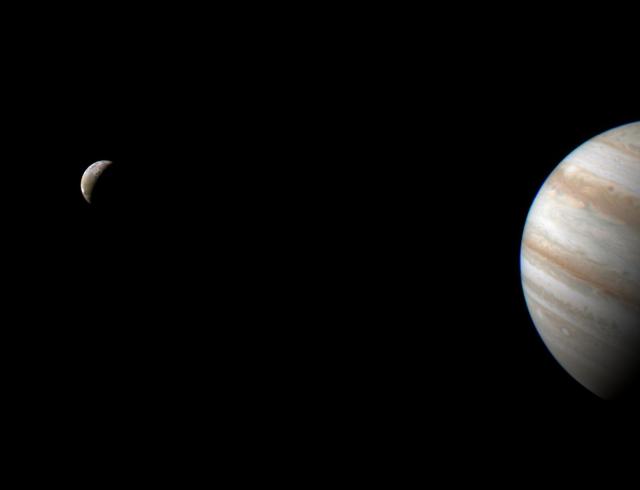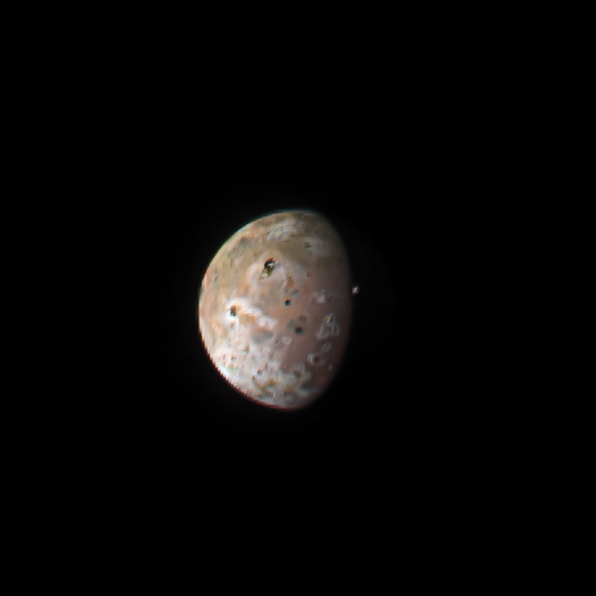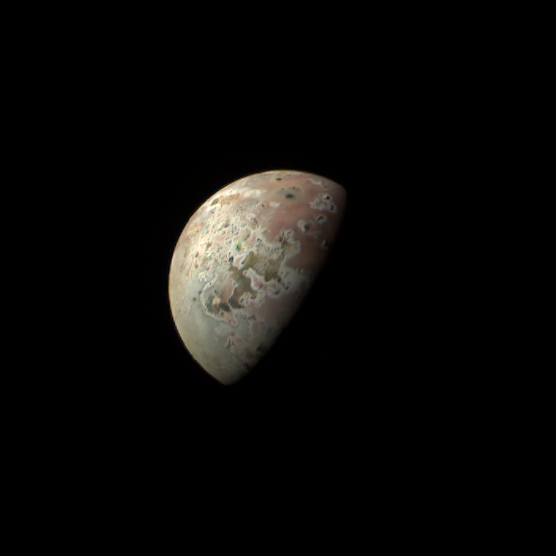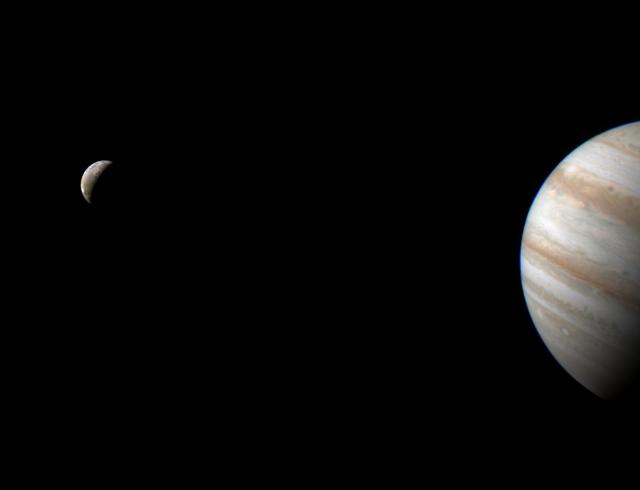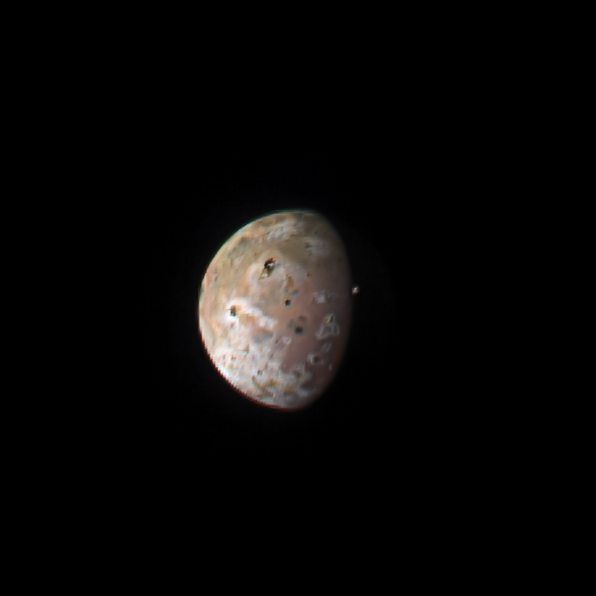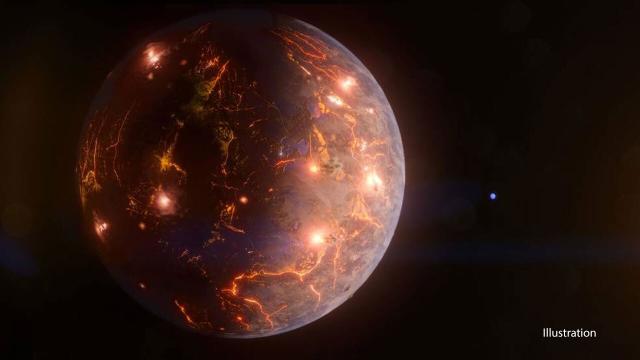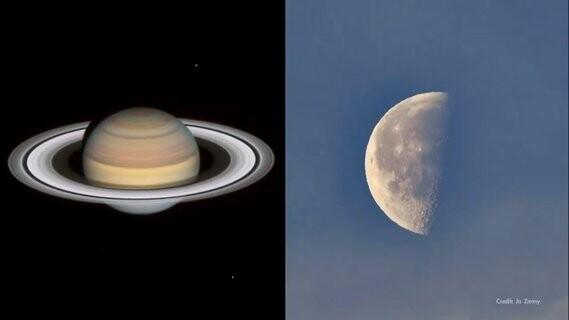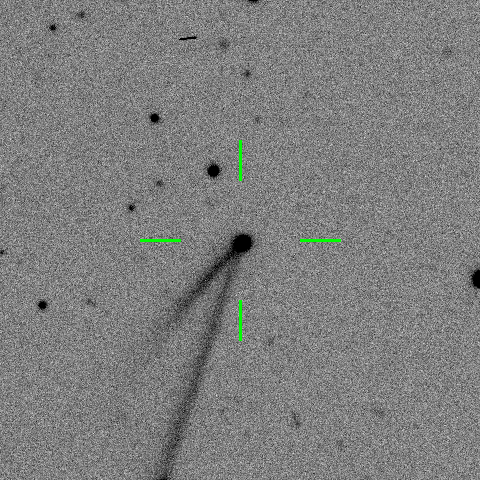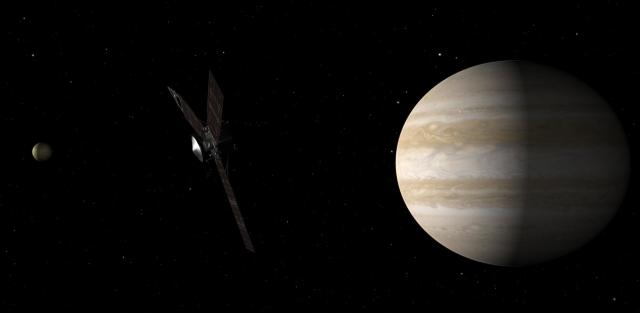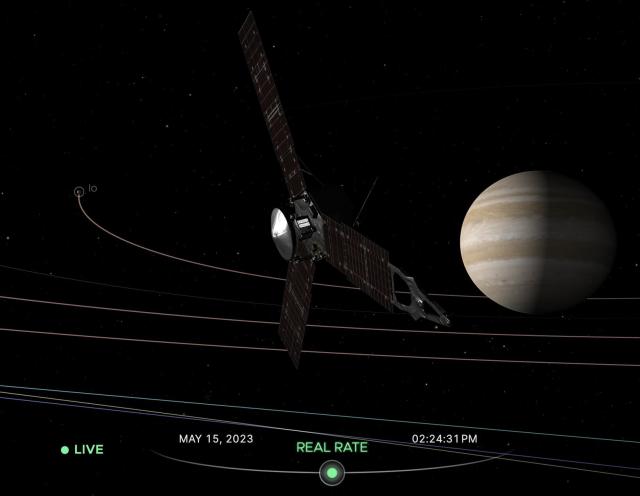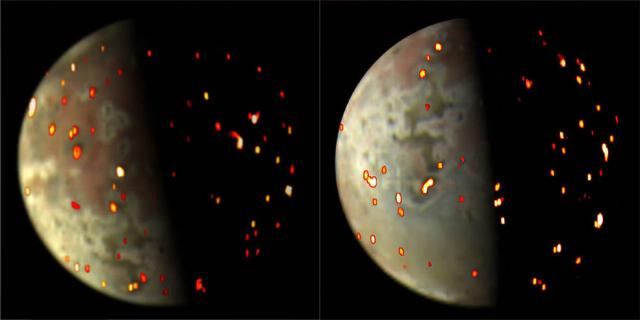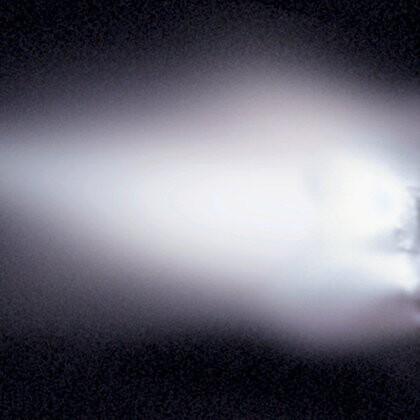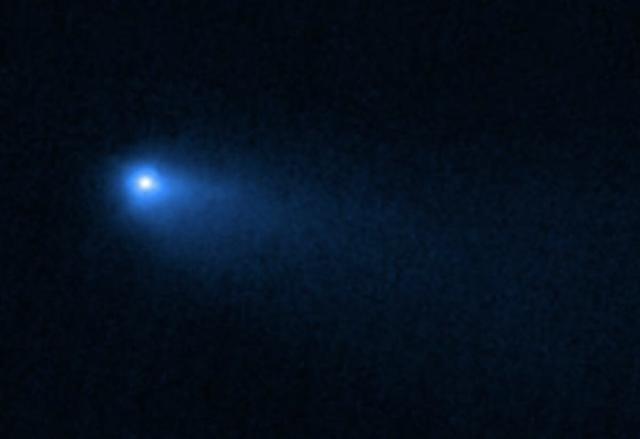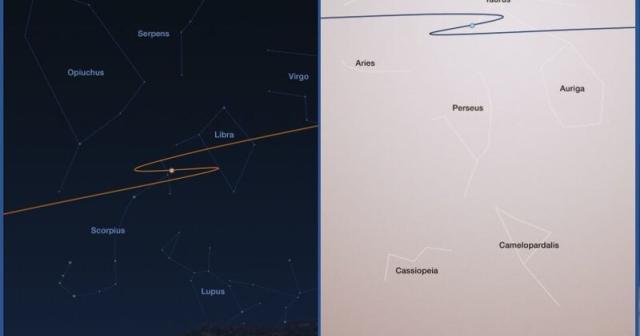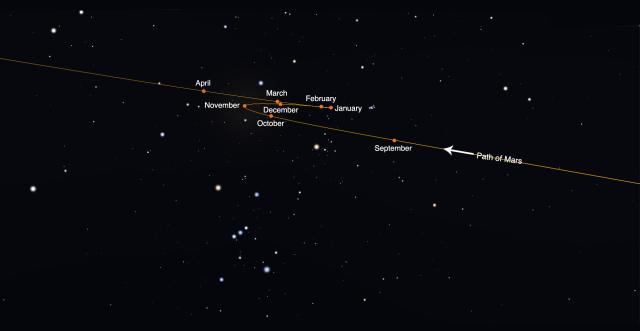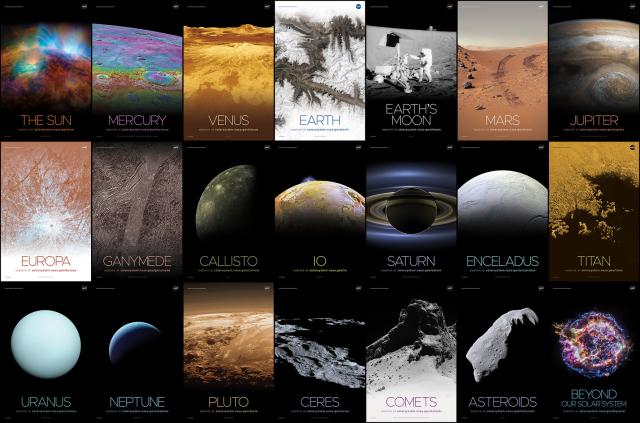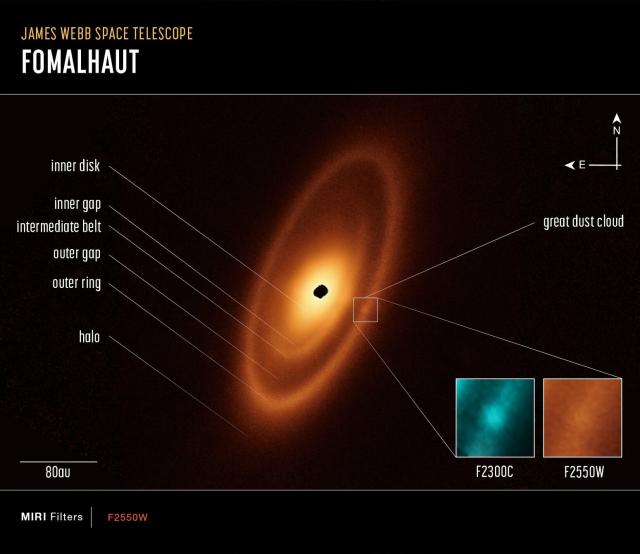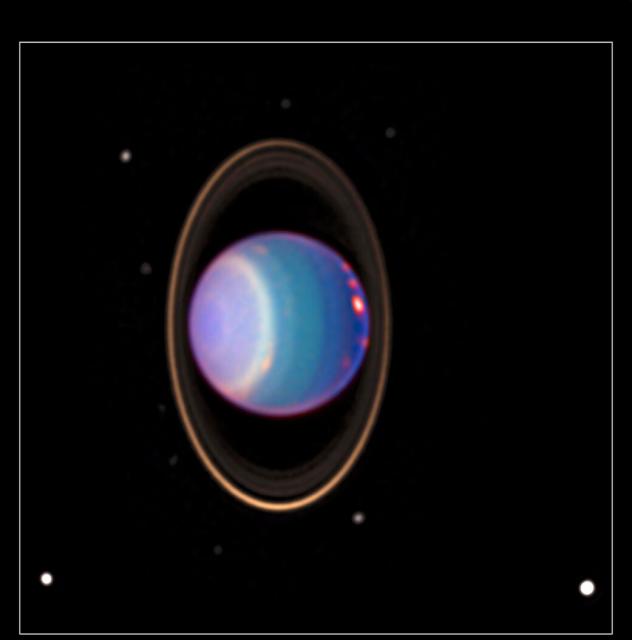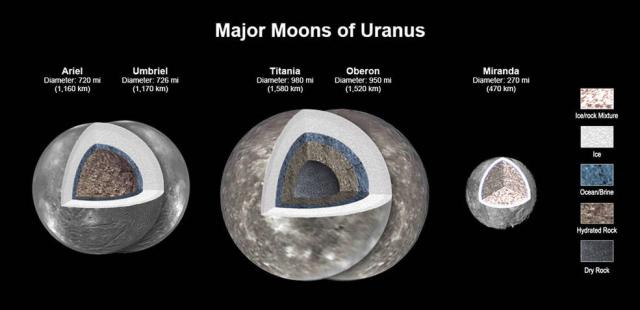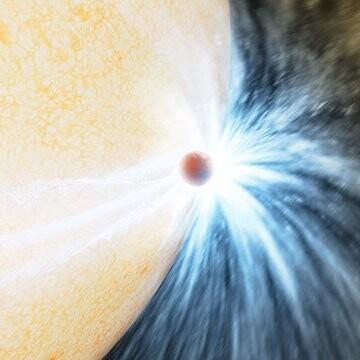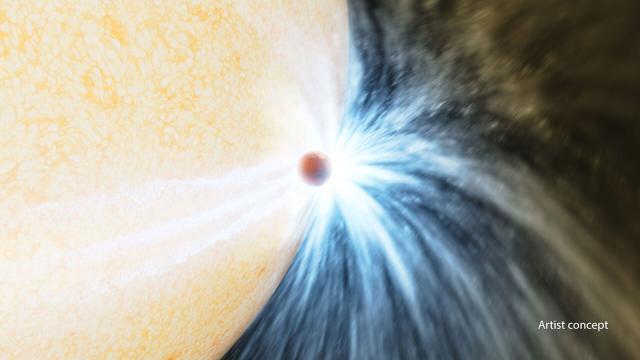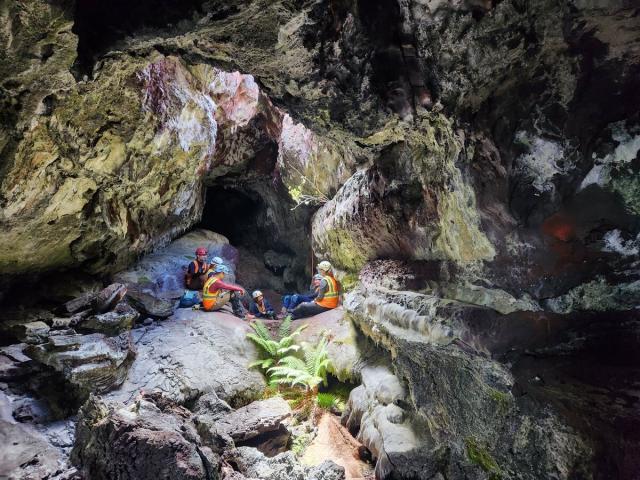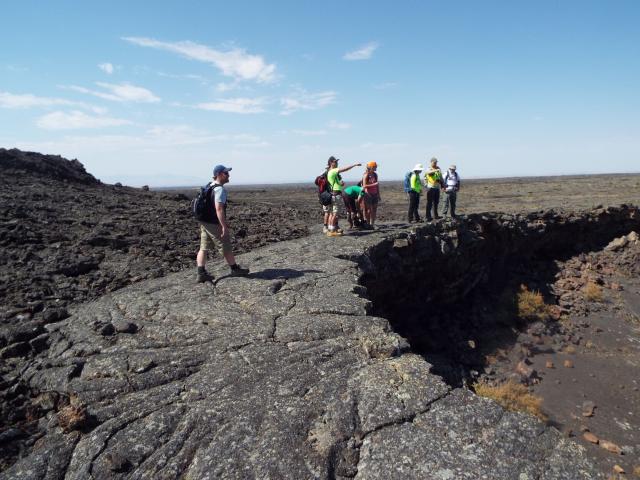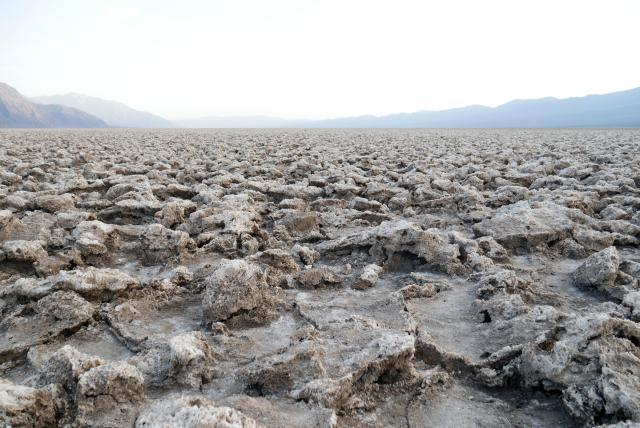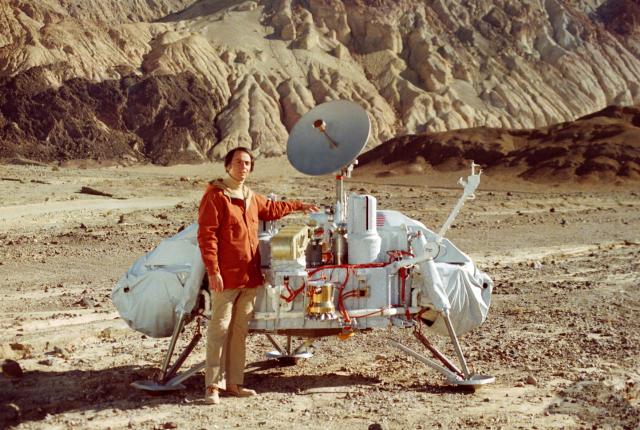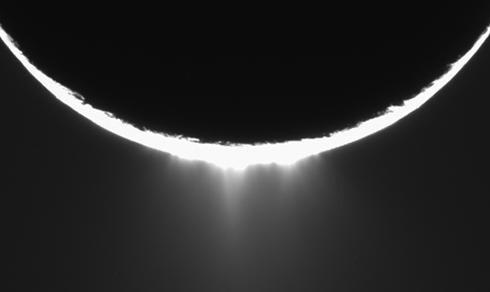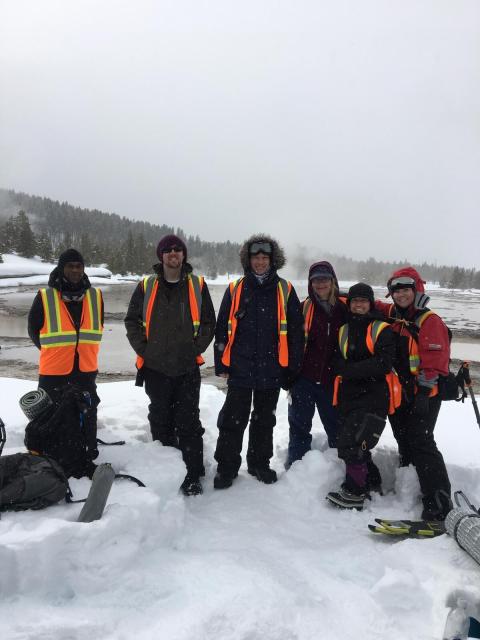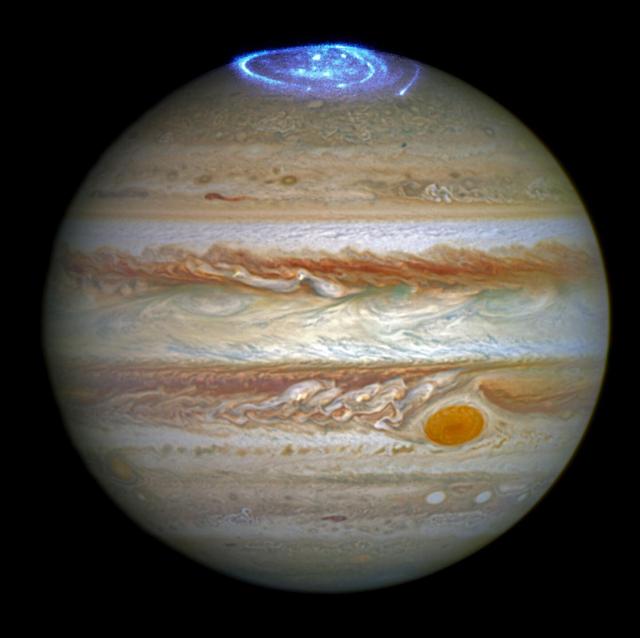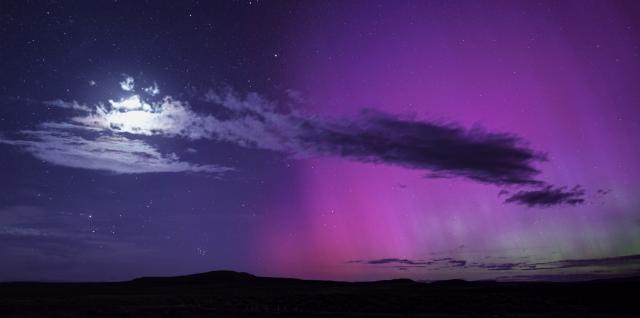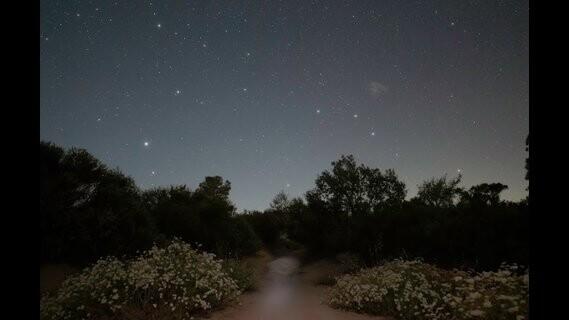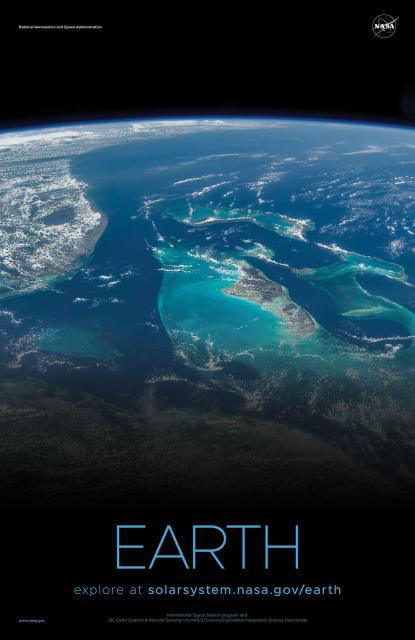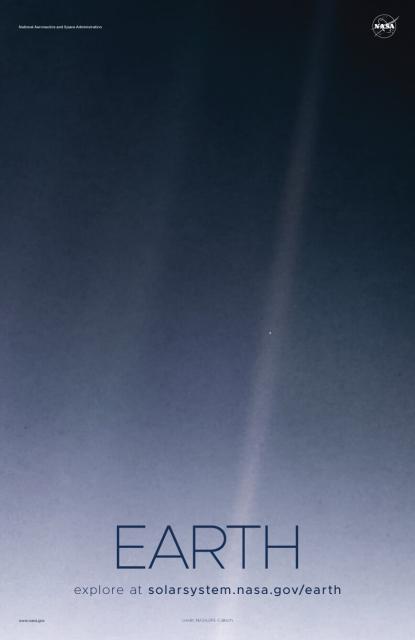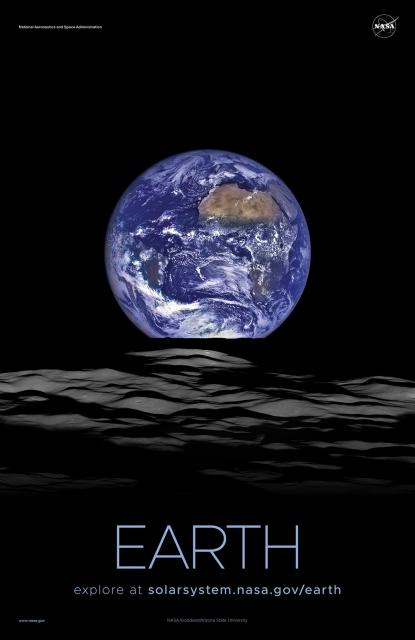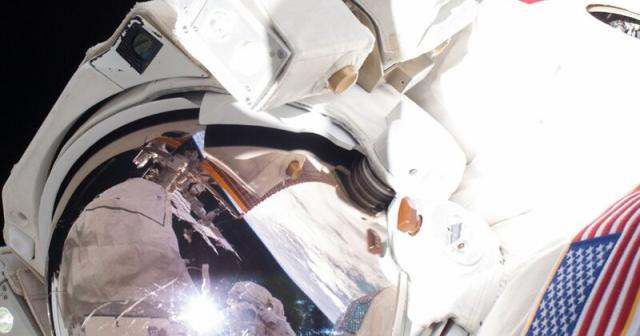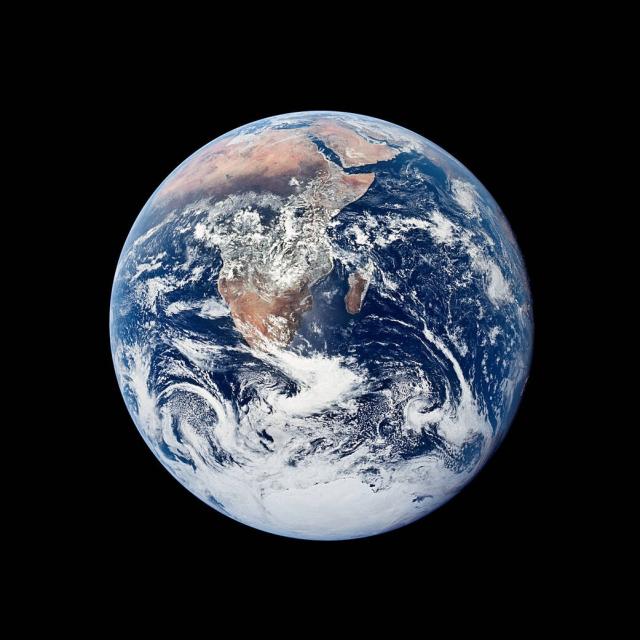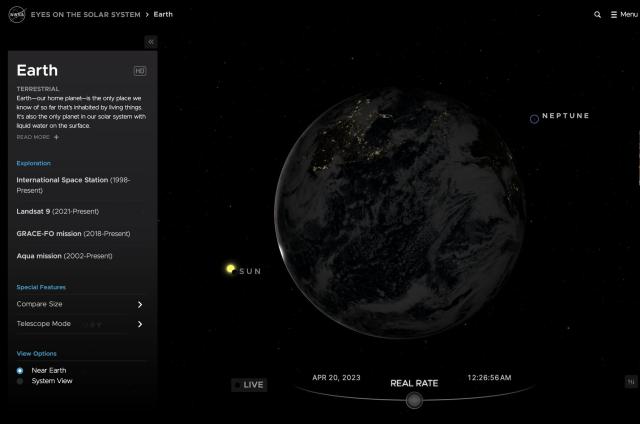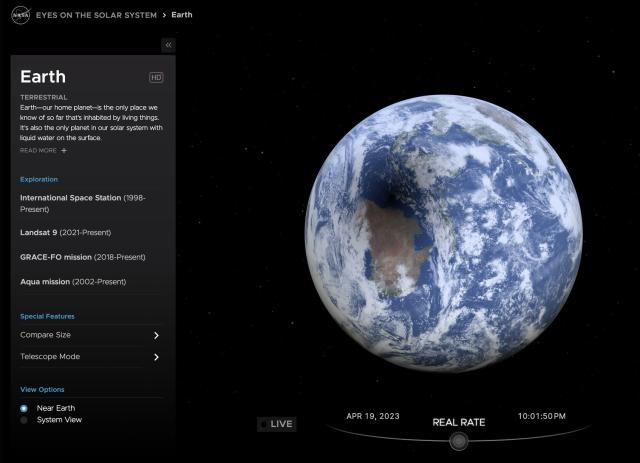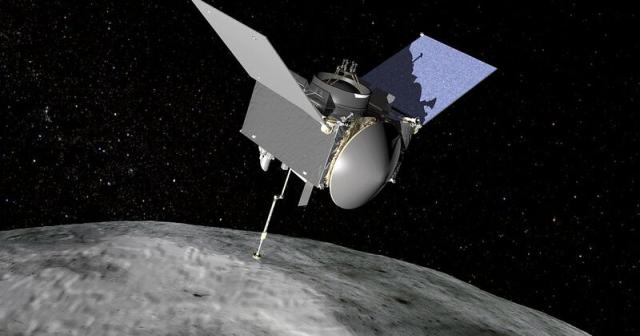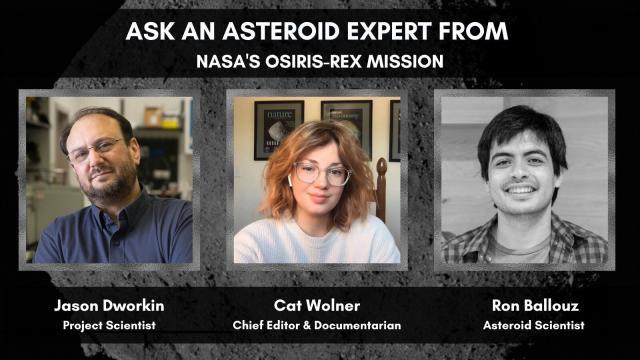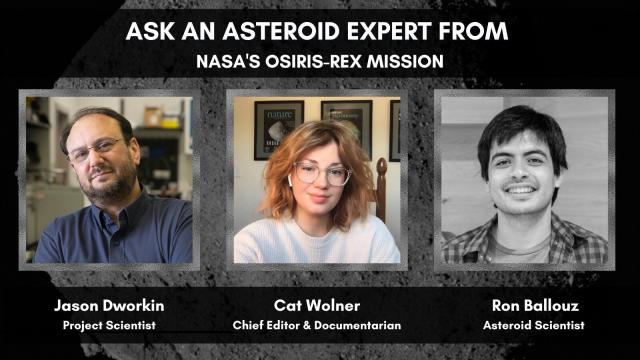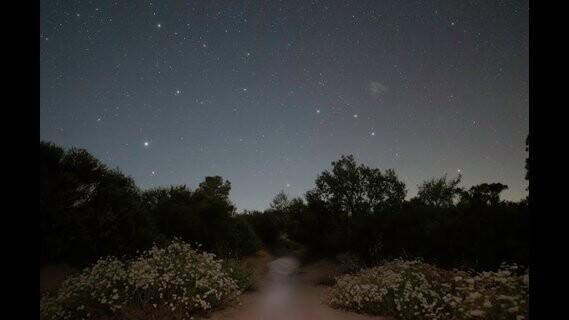Search
Items tagged with: NASASolarSystem
After sunset the next few nights, watch for the Moon, Venus, and Mars close together in the west: http://solarsystem.nasa.gov/skywatching
What's the most beautiful scene you've seen in the sky?
#NASASolarSystem
NASA Skywatching Home
What’s visible in the night sky? Get skywatching tips and resources from NASA.NASA Solar System Exploration
#NASASolarSystem
Images | Galleries – NASA Solar System Exploration
NASA’s real-time science encyclopedia of deep space exploration. Our scientists and far-ranging robots explore the wild frontiers of our solar system.NASA Solar System Exploration
Oh hello, Io! During its 51st close flyby of Jupiter on May 16, our #JunoMission captured these views of Jupiter's volcanic moon Io.
More about Juno's exploration of Io: https://www.missionjuno.swri.edu/news/nasas-juno-mission-getting-closer-to-jupiters-moon-io
Other recent images: https://www.missionjuno.swri.edu/junocam/processing
📸 processed by Kevin M. Gill
#NASASolarSystem
NASA’s Juno Mission Getting Closer to Jupiter’s Moon Io - Mission Juno
NASA's Mission Juno will explore Jupiter, seeking to unlock secrets of the giant planet and our solar system.Mission Juno
#NASASolarSystem
https://youtu.be/CIxHHCWbQn8?t=24
#NASASolarSystem
What's Up: May 2023 Skywatching Tips from NASA
What are some skywatching highlights in May 2023?Venus reaches its highest point in the evening sky for the year, while Jupiter disappears behind the Moon fo...YouTube
#NASASolarSystem
Active Asteroids | Science Mission Directorate
Active asteroids are small rocky objects in our Solar System that have asteroid-like orbits but comet-like appearances. Active asteroids can have visible tails and comae - halos of debris.science.nasa.gov
https://eyes.nasa.gov/apps/solar-system/#/sc_juno
#NASASolarSystem
Eyes on the Solar System - NASA/JPL
Explore the 3D world of the Solar System. Learn about past and future missions.Eyes on the Solar System - NASA/JPL
#NASASolarSystem
Eyes on the Solar System - NASA/JPL
Explore the 3D world of the Solar System. Learn about past and future missions.Eyes on the Solar System - NASA/JPL
#NASASolarSystem
NASA’s Juno Mission Getting Closer to Jupiter’s Moon Io - Mission Juno
NASA's Mission Juno will explore Jupiter, seeking to unlock secrets of the giant planet and our solar system.Mission Juno
#NASASolarSystem
Small Bodies
Asteroids and comets – and the meteors that sometimes come from them – are leftovers from the formation of our solar system 4.6 billion years ago.NASA Solar System Exploration
#NASASolarSystem
NASA’s Webb Finds Water, and a New Mystery, in Rare Main Belt Comet
Using Webb’s NIRSpec (Near-Infrared Spectrograph) instrument, astronomers have confirmed gas – specifically water vapor – around a comet in the main asteroid belt for the first time, indicating that water ice from the primordial solar system can be p…Jessica Evans (NASA)
Why yes, Mercury is in retrograde.
This little planet’s motion in our skies takes the blame for plenty of mishaps here on Earth, but it’s just doing its thing, orbiting the Sun!
More about retrograde motion (and Mars): https://mars.nasa.gov/all-about-mars/night-sky/retrograde/ https://twitter.com/i/web/status/1657096012333211660
#NASASolarSystem
Mars Retrograde | Mars in our Night Sky – NASA Mars Exploration
NASA’s real-time portal for Mars exploration, featuring the latest news, images, and discoveries from the Red Planet.NASA Mars Exploration
#NASASolarSystem
#NASASolarSystem
Can we say all of them?
All of them.
https://solarsystem.nasa.gov/resources/925/solar-system-and-beyond-poster-set/
#NASASolarSystem
Solar System and Beyond Poster Set | NASA Solar System Exploration
This NASA poster set showcases the beauty of our solar system and beyond.NASA Solar System Exploration
#NASASolarSystem
Webb Looks for Fomalhaut’s Asteroid Belt and Finds Much More
Astronomers used NASA’s James Webb Space Telescope to image the warm dust around a nearby young star, Fomalhaut, in order to study the first asteroid belt ever seen outside of our solar system in infrared light.Jamie Adkins (NASA)
"I to the world am like a drop of water
That in the ocean seeks another drop..."
New NASA research suggests four of Uranus’ largest moons, some named for Shakespeare characters, likely contain an ocean layer between their cores and icy crusts. https://go.nasa.gov/423xSzL
#NASASolarSystem
New Study of Uranus’ Large Moons Shows 4 May Hold Water
The work is based on new modeling and explores how oceans could exist in unlikely places in our solar system.Tony Greicius (NASA)
For those who like to plan ahead...
More about the first observation of an aging star swallowing a planet: http://go.nasa.gov/42fREYs
#NASASolarSystem
Caught in the Act: Astronomers Detect a Star Devouring a Planet
A star nearing the end of its life swelled up and absorbed a Jupiter-size planet. In about 5 billion years, our Sun will go through a similar end-of-life transition.Exoplanet Exploration: Planets Beyond our Solar System
#NASASolarSystem
NASA Skywatching Home
What’s visible in the night sky? Get skywatching tips and resources from NASA.NASA Solar System Exploration
https://twitter.com/i/events/1574377644791156736?s=20
#NASASolarSystem
#NASASolarSystem
Happy #NationalParkWeek! Our national parks are awe-inspiring and otherworldly - so much so that NASA visits them to prepare for exploring worlds beyond Earth - with permission from @NatlParkService of course.
https://solarsystem.nasa.gov/planets/planetary-analogs/
#NASASolarSystem
Planetary Analogs | Planets – NASA Solar System Exploration
NASA’s real-time science encyclopedia of deep space exploration. Our scientists and far-ranging robots explore the wild frontiers of our solar system.NASA Solar System Exploration
NASA has tested Martian spacecraft on @DeathValleyNPS' dry and dusty terrain. Here, Carl Sagan stands with a mockup of the Viking lander. NASA continues to conduct research at the park's diverse and alien landscape.
https://mars.nasa.gov/mars-exploration/missions/viking-1-2/
#NASASolarSystem
Viking 1 & 2 | Missions – NASA Mars Exploration
NASA’s real-time portal for Mars exploration, featuring the latest news, images, and discoveries from the Red Planet.NASA Mars Exploration
.@YellowstoneNPS is famous for its geysers - as is Saturn’s moon Enceladus! A team from @NASAGoddard visited the park in the winter of 2019 to see if they could detect microbial life within the geysers and the surrounding icy surface.
https://solarsystem.nasa.gov/enceladus
#NASASolarSystem
Enceladus
With its global ocean, unique chemistry and internal heat, Enceladus has become a promising lead in our search for worlds where life could exist.NASA Solar System Exploration
#NASASolarSystem
Eyes on Asteroids - NASA/JPL
Explore the 3D world of Asteroids, Comets and NEOs. Learn about past and future missions, tracking and predicting orbits, and close approaches to Earth.Eyes on Asteroids - NASA/JPL
#NASASolarSystem
Aurora: Illuminating the Sun-Earth Connection
NASA.gov brings you the latest images, videos and news from America's space agency. Get the latest updates on NASA missions, watch NASA TV live, and learn about our quest to reveal the unknown and benefit all humankind.NASA
#NASASolarSystem
Hubble Captures Vivid Auroras in Jupiter’s Atmosphere
Astronomers are using the NASA/ESA Hubble Space Telescope to study auroras — stunning light shows in a planet’s atmosphere — on the poles of the largest planet in the solar system, Jupiter.NASA
#NASASolarSystem
Solar Fury | NASA Solar System Exploration
On Jan. 22, 2012, the Sun erupted with a solar flare, a coronal mass ejection, and a burst of highly energetic protons known as solar energetic particles.NASA Solar System Exploration
https://youtu.be/MeiGUv5jF5Y?t=164
#NASASolarSystem
What's Up: April 2023 Skywatching Tips from NASA
What are some skywatching highlights in April 2023?Mercury reaches its highest in the evening sky for the year for Northern Hemisphere observers. The Moon ma...YouTube
#NASASolarSystem
All Resources | Resources – NASA Solar System Exploration
NASA’s real-time science encyclopedia of deep space exploration. Our scientists and far-ranging robots explore the wild frontiers of our solar system.NASA Solar System Exploration
https://www.nasa.gov/earthday #EarthDay
#NASASolarSystem
Earth Day 2023
NASA.gov brings you the latest images, videos and news from America's space agency. Get the latest updates on NASA missions, watch NASA TV live, and learn about our quest to reveal the unknown and benefit all humankind.NASA
The latest episode of "Houston We Have a Podcast" goes behind-the-scenes as the #OSIRISREx team prepares to receive a special delivery: a small sample of an asteroid.
#ToBennuAndBack
https://www.nasa.gov/johnson/HWHAP/return-of-the-OREx
#NASASolarSystem
Ep. 285: Return of the OREx
Experts share the preparations and excitement ahead of the OSIRIS-REx asteroid sample that is returning to Earth in September 2023. HWHAP Episode 285.Heidi Lavelle (NASA)
Use "Eyes on the Solar System" to see how everything lines up to create the eclipse: https://go.nasa.gov/3GVzRhb
#NASASolarSystem
NASA Science Live: Watch a Total Solar Eclipse in Australia
On April 19 (in the US) / April 20 (Australia), the Moon will pass between the Sun and Earth, creating a total solar eclipse visible from Australia and South...YouTube
#NASASolarSystem
Home – NASA Solar System Exploration
NASA’s real-time science encyclopedia of deep space exploration. Our scientists and far-ranging robots explore the wild frontiers of our solar system.NASA Solar System Exploration
#ToBennuAndBack
#NASASolarSystem
OSIRIS-REx
OSIRIS-REx traveled to near-Earth asteroid Bennu and is bringing a small sample back to Earth for study. The mission launched Sept. 8, 2016, from Cape Canaveral Air Force Station.NASA
Imagine shooting a basketball from 63,000 miles away into a 250 square mile net. That’s what our #OSIRISREx mission will be doing with a capsule of precious asteroid material this September.
We challenged the @washwizards to make their own trick shot
#NASASolarSystem
On Sept. 24, 2023, the #OSIRISREx spacecraft will deliver a sample of an asteroid to Earth. Studying this sample could provide insight into the origins of our solar system & life on Earth
Drop your question here 👇
#NASASolarSystem
#NASASolarSystem
What's Up: April 2023 Skywatching Tips from NASA
What are some skywatching highlights in April 2023?Mercury reaches its highest in the evening sky for the year for Northern Hemisphere observers. The Moon ma...YouTube
